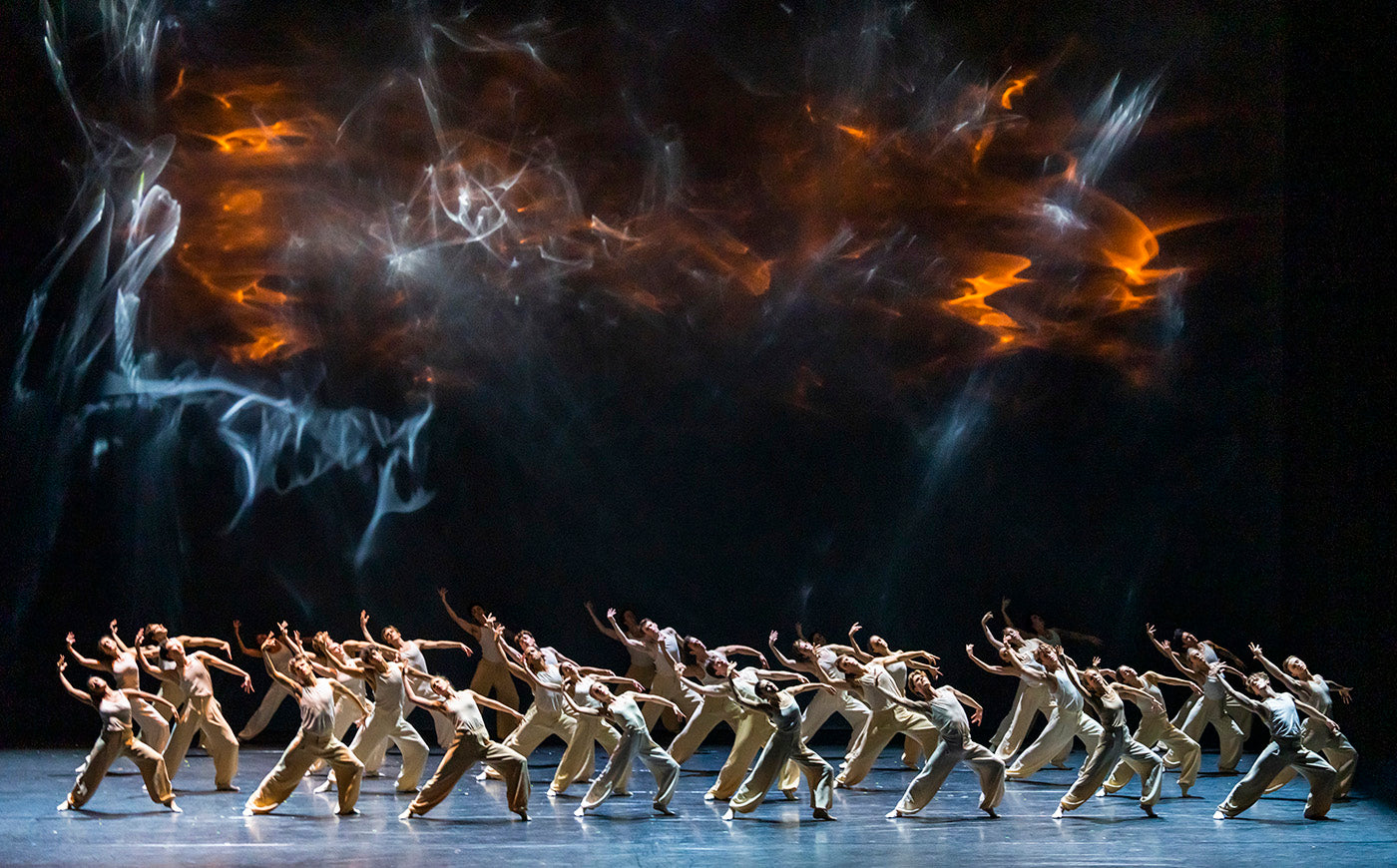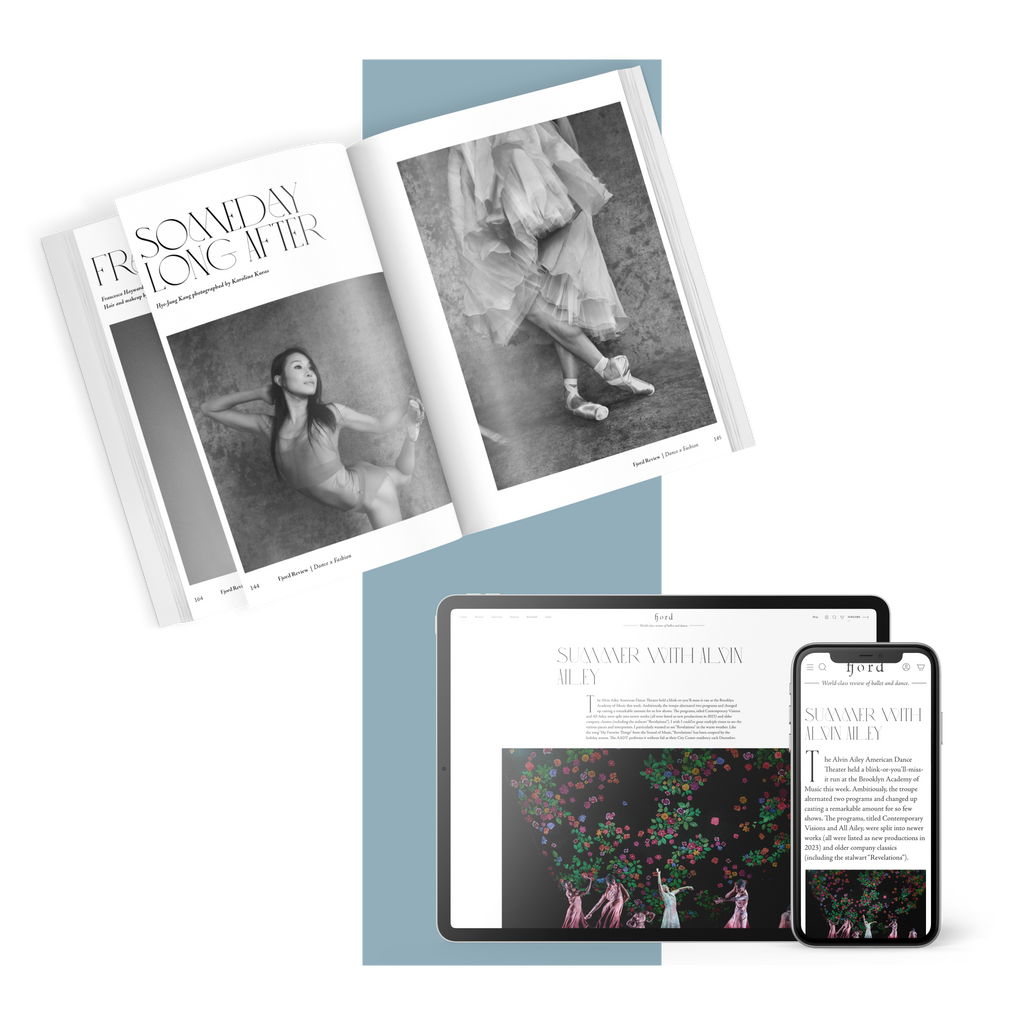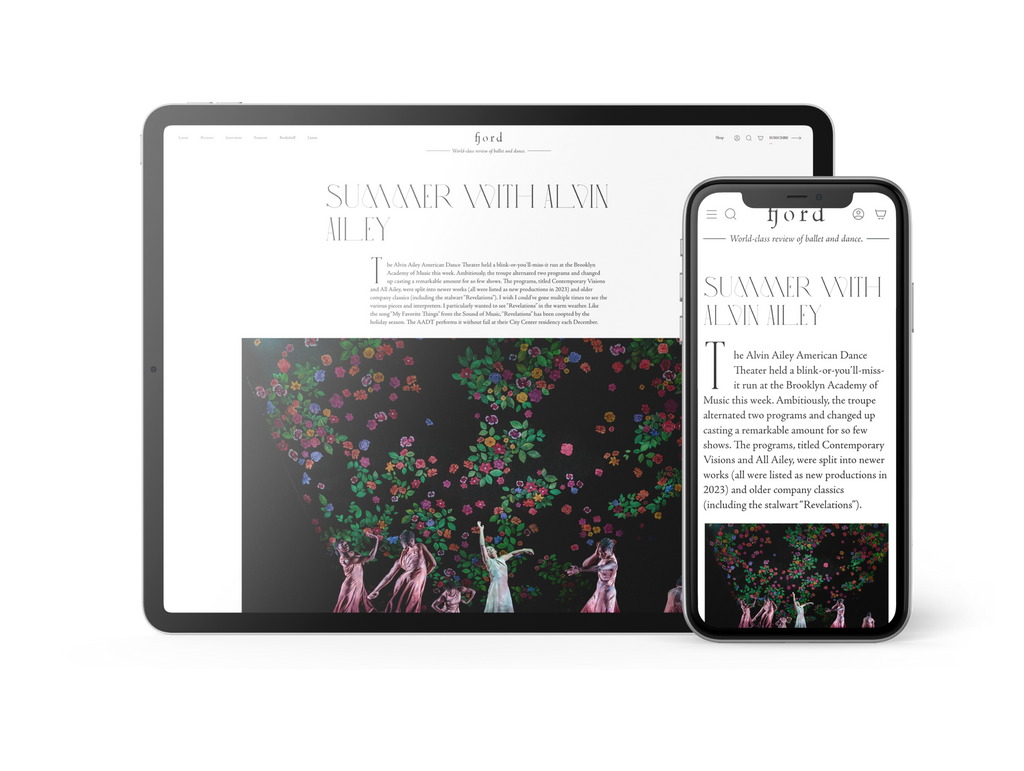Cinderella Unites East and West
The National Ballet of Japan’s rendition of the Frederick Ashton classic, “Cinderella,” offers an authentic taste of English tradition, subtly flavored by Japanese aesthetics.
Continue Reading
World-class review of ballet and dance.
Crystal Pite’s “Flight Pattern,” created for the Royal Ballet in 2017, was noteworthy not just for its elegant storytelling but also its status as the first female-choreographed ballet to hit Covent Garden’s main stage this century. The half-hour ballet thrived on the power of the collective, marshalling three dozen dancers to tell an urgent chronicle about unity and strife, bodies breathing as one.
Performance
Place
Words

The Royal Ballet in “Light of Passage” by Crystal Pite. Photograph by Tristram Kenton


“Uncommonly intelligent, substantial coverage.”
Your weekly source for world-class dance reviews, interviews, articles, and more.
Already a paid subscriber? Login
The National Ballet of Japan’s rendition of the Frederick Ashton classic, “Cinderella,” offers an authentic taste of English tradition, subtly flavored by Japanese aesthetics.
Continue ReadingAs October starts to draw to an end, so too does Dance Umbrella, London’s annual international dance festival. Having worked their way through the Barbican and Sadler’s Wells East, one of the final programmes is on at the Place—which has had an especially impressive Autumn season.
Continue ReadingThis fall, the American Ballet Theatr is celebrating its 85th anniversary by highlighting the choreographers key to the company’s history. Agnes DeMille, Antony Tudor, Frederick Ashton, Michel Fokine, Marius Petipa, George Balanchine and Alexei Ratmansky are all featured, but only Twyla Tharp got her own night.
Continue ReadingWhat’s special about Rudi van Dantzig’s “Romeo and Juliet” is how deeply it is steeped in the textures of popular devotion and everyday life, reminiscent of Flemish painting in its chiaroscuro and crowded humanity.
Continue Reading
comments